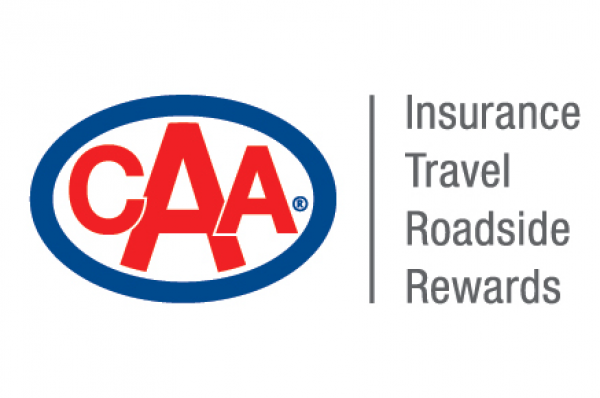A recent study conducted by CAA Manitoba revealed a knowledge gap in how drivers understand and comply with Slow Down Move Over (SDMO) laws. According to the study, 85 per cent of drivers claim they are aware of the SDMO law – however, only 41 per cent have a clear understanding of its definition.
The survey also found that a third of drivers (30 per cent) confuse the SDMO law with the one that requires drivers to give emergency vehicles the right of way and clear passage when stopped on the side of the road.
“This data shows us that there is a big divide and misunderstanding between the law in theory and the law in practice,” says Ewald Friesen, manager of government and community relations CAA Manitoba. “Lack of understanding of the Slow Down Move Over law poses a significant safety risk for tow truck operators and emergency vehicles on the province's roads."
To help keep tow operators safe, CAA Manitoba is using National Slow Down Move Over Day to remind drivers of the law, its purpose and penalties for non-compliance.
On May 14, all CAA Clubs across Canada are coordinating a National Slow Down Move Over Day, part of a broader campaign to remind motorists to be mindful and cautious around truck operators assisting others on the roadside.
Across North America, more than 100 tow truck drivers have been killed in the last decade after being struck by oncoming traffic while helping stranded motorists with flat tires, breakdowns, and collisions. Given the lack of data collection on these types of deaths, this number is very conservative. Add to that the significant number of injuries and near misses demonstrates just how important it is to educate the public about the Slow Down Move Over law.
“Tow truck operators face a high risk of injury when on the side of the road or in a live lane helping stranded drivers. “These are real people with friends, families and loved ones,” says Friesen. “CAA Manitoba will always advocate for their safety to create safer roads across Manitoba for everyone, including those working alongside it.”
In Manitoba, the SDMO law requires drivers to slow down when a vehicle is working along the roadside. If the posted speed limit is less than 80 km/h, drivers are required to slow down to 40 km/h. If the posted speed limit is 80 km/h or higher, drivers are required to slow down to 60 km/h.
Drivers are not as concerned for the safety of tow truck operators as they should be.
The survey also found that when compared to other types of emergency vehicles, Manitoban drivers tend to slow down less for tow truck operators. While motorists say they will reduce their speed and fully change lanes when they encounter emergency vehicles like police (95 per cent), ambulances (93 per cent) and fire trucks (89 per cent) only 70 per cent will slow down and move over for a tow operator.
“Everyone deserves a safe place to work, including tow truck operators who are working in extremely unsafe conditions, "says Friesen. “ CAA Manitoba will continue to educate the public on road safety, and bring awareness to the laws that have been put in place to protect tow operators along with other emergency roadside assistance.”
CAA Manitoba is encouraging motorists to get informed on the laws put in place to protect tow operators and other emergency roadside assistance on National Slow Down, Move Over Day.
To learn more about Slow Down, Move Over, visit: https://www.caamanitoba.com/advocacy/government-relations/slow-down
DIG Insights conducted an online survey on behalf of CAA Manitoba between October 26th –November 6th, 2023, of 758 Manitoba drivers aged 18-75 years. Based on the sample size and the confidence level (95 per cent), the margin of error for this study was +/- 3 per cent





